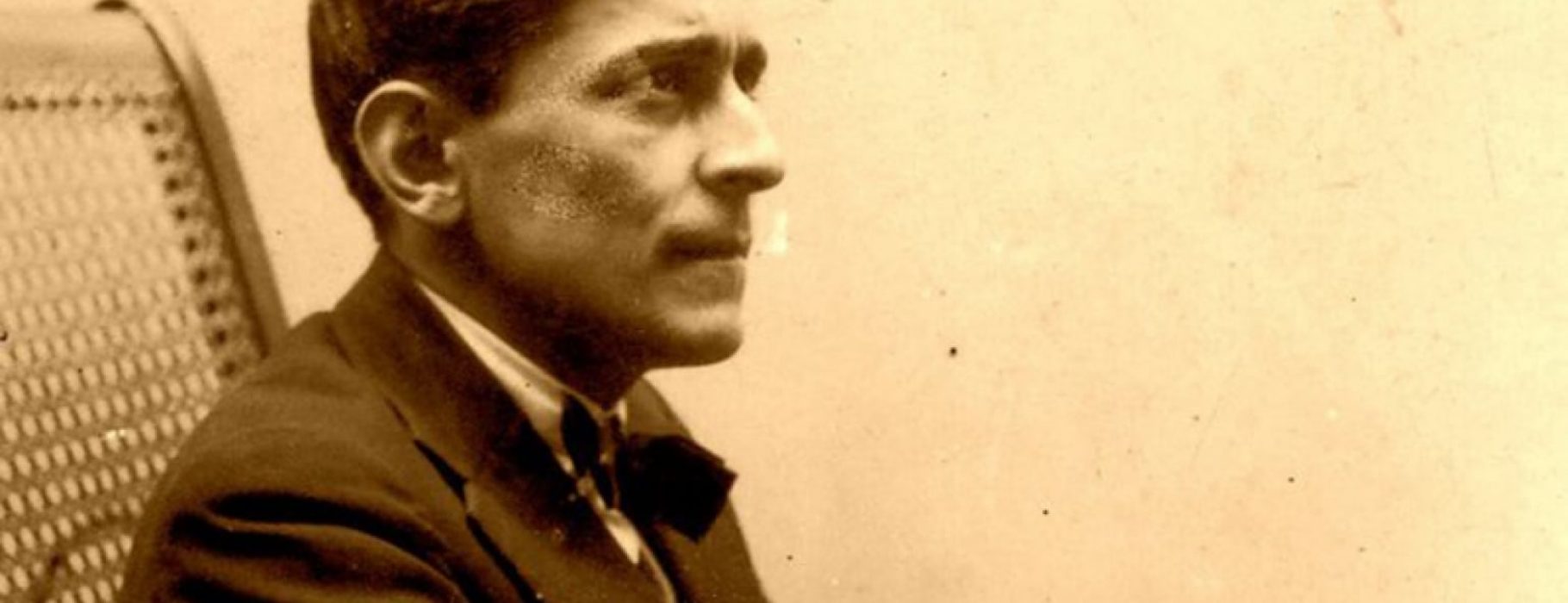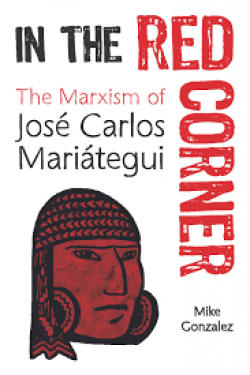Translated by Lucas Martins
It is necessary to speak of the ghost, indeed to the ghost and with it, from the moment that no ethics, no politics, whether revolutionary or not, seems possible and thinkable and just that does not recognize in its principle the respect for those others who are no longer or for those others who are not yet there, presently living, whether they are already dead or not yet born.–Jacques Derrida1Jacques Derrida, Specters of Marx (New York and London: Routledge, 1994), xvii.
It is now more than ninety years since the disappearance of José Carlos Mariátegui (1894–1930), the Marxist intellectual, born in Peru. Since then, a lot of water has flowed through the river of diffusion processes, circulation, and reception of his work in Peru, Latin America, and the world. Anniversaries carry a strong symbolic load and can be interesting occasions, not to inscribe posthumous “tributes” but for balances and perspectives for the present time. After all, as Walter Benjamin said, the fundamental purpose of historical materialism is updating. It is in this sense that Mike Gonzalez’s In the Red Corner: The Marxism of José Carlos Mariátegui offers a thought-provoking political biography of Mariátegui’s multidimensionality.
Mariátegui’s career and work are not entirely unknown to the English-speaking public. In the USA, several works on the Peruvian thinker published since the 1970s stand out.2John M. Baines, Revolution in Peru: Mariátegui and the Myth (Alabama, University of Alabama Press, 1972); Jesús Chavarría, José Carlos Mariátegui and the Rise of Modern Peru, 1890–1930 (Albuquerque: University of New Mexico Press, 1979); Elizabeth Garrels, Mariátegui y la Argentina: un Caso de Lentes Ajenos (Gaithersburg: Ed. Hispamerica, 1982); Harry E. Vanden, National Marxism in Latin American: José Carlos Mariátegui’s Thought and Politics (Boulder: Lynn Rienner Publishers, 1986); Marc Becker, Mariátegui and Latin American Marxist Theory (Columbus: Ohio University Center for International Studies, 1993); William W. Stein, Dance in the Cemetery: José Carlos Mariátegui and the Lima Scandal of 1917 (Lanham: University Press of America, 1997); Melissa Moore, José Carlos Mariátegui’s Unfinished Revolution: Politics, Poetics, and Change in 1920s Peru (Lewisburg: Bucknell University Press, 2014). Harry E. Vanden and Marc Becker also recently organized an excellent collection of texts as Amauta José Carlos Mariátegui: Anthology.3Marc Becker and Harry E. Vanden, José Carlos Mariátegui: An Anthology (New York: Monthly Review Press, 2011). And yet the academic and political interest in Mariátegui in Anglo-Saxon America is still a small initiative by some Latin Americanists. Mike Gonzalez, British historian and emeritus professor of Latin American Studies in the Hispanic Department at the University of Glasgow, has been investigating the political crossroads in Latin America and their characters for more than forty years. In the process, he has produced works of great relevance on the Cuban, Chilean, and Sandinista revolutions, and also on the governments of Bolivia under Evo Morales and of Venezuela under Hugo Chávez.
Divided into ten chapters, In the Red Corner sets out to rescue the original thought of Mariátegui by reconstructing his political formation at its various stages. While reading the book, you can see the author’s effort to explain and understand the themes addressed by the Peruvian thinker during the 1920s, and to link them as far as possible with political and cultural processes experienced in Latin America in recent decades. It is also worth noting that Gonzalez’s work is based on the tradition of “classical” Marxism (Karl Marx, V.I. Lenin, and Leon Trotsky) and so-called Western Marxism (Antonio Gramsci, Karl Korsch, Georg Lukács, and Walter Benjamin). Indeed, Gonzalez brings Mariátegui closer to a heterogeneous constellation of “vanquished prophets” of critical Marxism.
One of the qualities of the book is to point out that the contribution of Mariátegui’s work is not limited to Latin American Studies but is primarily located in the transnational history of Marxism. With the intention of bringing to life the thought of Mariátegui, Gonzalez mobilizes an analysis of his subject’s conceptual arsenal (and its context) directed at anticapitalist practice, and not as closed and homogeneous formulas but in relation to a multiplicity of interpretations and historical controversies. Gonzalez’s purpose is fundamentally directed at an activist and militant (and not necessarily academic) audience, and the work’s production was accompanied by another study on the “decline of the Latin American left.”4Mike Gonzalez, In the Red Corner: The Marxism of José Carlos Mariátegui (Chicago: Haymarket Books, 2019); Mike Gonzalez, The End of the Pink Tide: The Decline of the Left in Latin America (London: Pluto Press, 2018).
The first chapter is one of the most interesting in the book. Gonzalez marks the 1994 centenary of the birth of Mariátegui as a kind of “resurrection” of the Marxism of the Peruvian essayist—that is, as a “new political consciousness” in the face of a working class shaped by the exploitation and oppression of neoliberal capitalism.5Ibid, 6. The fall of the Berlin Wall and the collapse of Eastern European bureaucracies opened up the possibility of discovering heretical authors in the Marxist tradition who had been consigned to the dungeons for challenging the authoritarian practices of (Soviet) state Marxism and theoretical ultra-dogmatism. At the same time, revolutionary Marxism became the target of a campaign of delegitimization and repeated problematization, even among anticapitalist sectors sometimes associated with the “new” social movements.


